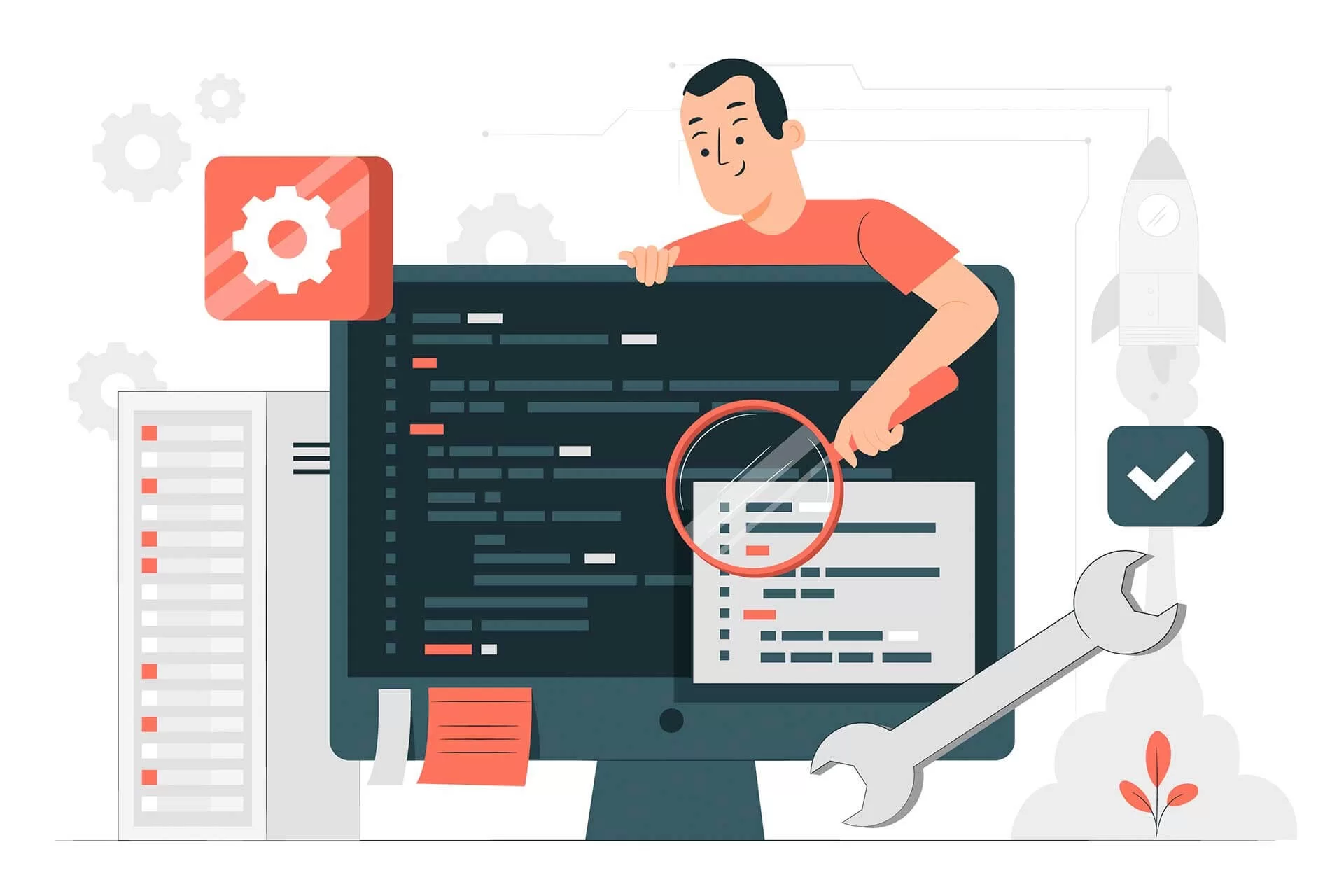Content of the article

In order to successfully promote a site, it is necessary that it meets the requirements of search engines. One of the most important criteria is technical optimization. Thus, in order to determine the qualitative state of the resource, check for errors in the code or identify problems, it is necessary to conduct a technical analysis of the site.
Technical audit is an integral part of the future strategy and SEO optimization of the site. Even a high-quality, at first glance, site may contain a huge number of technical errors, which will not allow it to take the TOP in search results.
What is technical analysis for
Technical analysis should be carried out at the stage of launching a new site in order to avoid problems in the future. To some extent, this is a guarantee that search engines will be loyal to your resource, and also eliminate the possibility of imposing penalties.
If the site has been running for a long time, but the expected results are not there: low positions and conversions, long page loading, etc., then there is no doubt that your site has technical flaws and needs immediate attention.

Components of a technical audit
The technical audit of the site includes checking a fairly large number of technical parameters and indicators. All of them affect the overall quality of the site. Conventionally, the entire audit can be divided into two components: the technical condition and the content part.
Examples of parameters that are checked during a technical audit:
- analysis of hosting quality and troubleshooting;
- check server settings;
- analysis of layout quality (correction of errors in HTML and CSS);
- configuring redirects and status codes;
- composing or editing robots.txt and sitemap.xml files;
- internal page adjustments;
- formation and configuration of URL pages;
- analysis of the site structure and the correct operation of the navigation;
- Check site loading speed;
- analysis of individual site elements created using Flash, Ajax, Java technology;
- correct work 404 errors;
- analysis of all site indexing settings;
- remove duplicates, etc.
How to do technical analysis
Often, there are three options for how to conduct a technical audit of a resource:
On my own
To analyze the site, as well as solve simple problems, you can use the free Google analytics services. Webmasters connected to the site automatically generate reports about problems and errors. Without deep knowledge, any owner of a web resource will be able to fix an error, for example, a duplicate description meta tag, simply by following the webmaster’s prompts. This will help you save money.

Services and special software
To date, there are a fairly large number of both paid and free services that will help to conduct a technical analysis of the site. Convenient interfaces and detailed tips will help you deal with almost any parameter or problem. Examples of such software are Screaming Frog or Netpeak Spider.
Professional Services
This method will not only save you a lot of time, but also guarantee that the analysis will be complete and of high quality. Often, along with the results of the audit, specialists offer you a strategy for solving problems and further developing your resource.
Other types of audits
Along with a technical audit, there are other types of analysis that are necessary to attract new users or increase sales:
- SEO-audit – is carried out in order to analyze the site for the quality of optimization for search engines;
- Marketing – carried out if it is necessary to increase the number of sales or coverage of an advertising company;
- Website usability audit – carried out to identify weaknesses in terms of ease of interaction with a web resource.
It is worth noting that all types of audits are interconnected, but it is necessary to start site optimization with the technical component.
How often should I audit
As mentioned above, at the very beginning of the launch of the site, a technical audit is essential. It is also recommended to carry it out systematically once or twice a year. This will always keep the site in optimal condition and timely identify shortcomings or problems. Do not forget that when upgrading a resource or any experiments with design and improvements, it is worth considering that this affects the technical aspect and it is always better to play it safe and conduct an audit.

To summarize
With the help of the received data, you fully own information about the current state of the web resource. This will help develop an effective website development strategy, and can also save you money that you can invest in a deliberately failed project out of ignorance. The results of technical analysis are a kind of “Checklist” that must be followed, correcting all points where problems are found. With a quality approach and the involvement of qualified specialists, your site will work at 100%, and you will achieve the expected results.







 10/01/2022
10/01/2022  3215
3215


